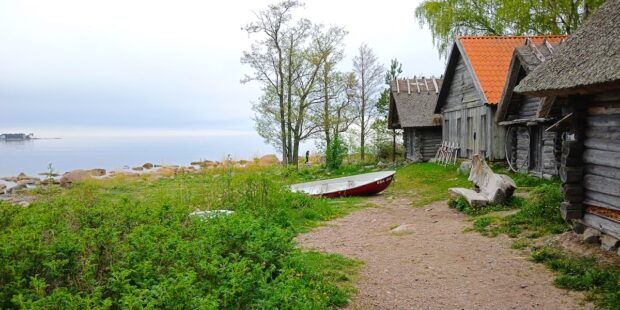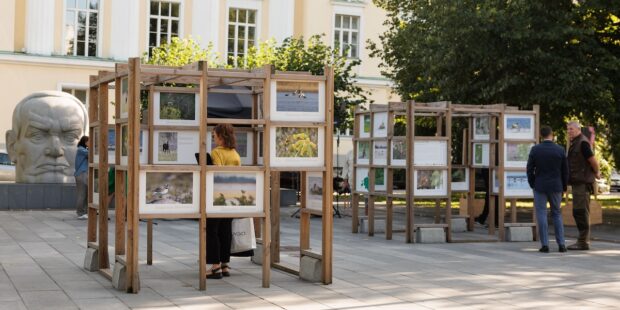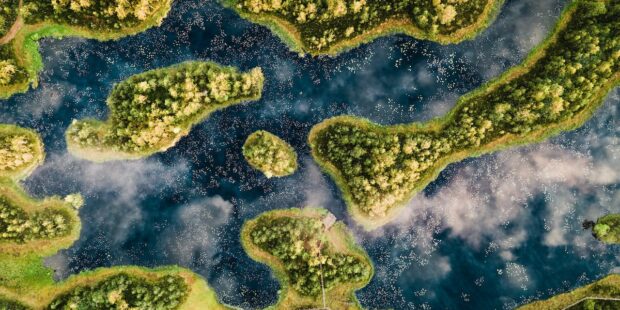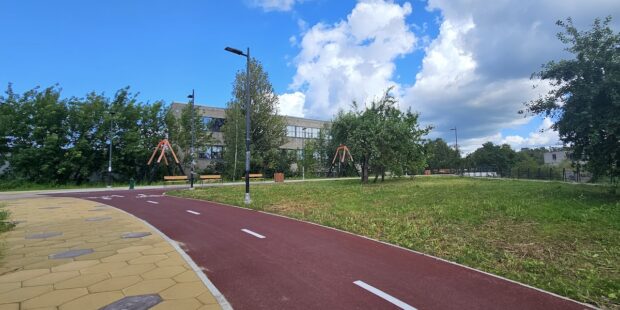Hiking trails in Estonia
Text Mikko Virta Photos Mikko Virta, Andrei Chertkov, Hans Markus Antson, Priidu Saart
 There are great natural sites along the hiking trails, such as national parks and natural landmarks. In Hiiumaa, the new Matkatee route runs near the magnificent Sääretirp peninsula.
There are great natural sites along the hiking trails, such as national parks and natural landmarks. In Hiiumaa, the new Matkatee route runs near the magnificent Sääretirp peninsula.
The first hiking trail through Estonia was opened in 2012. The idea for the route came from Estonian hikers who wanted longer hiking trails. RMK, the state’s forest management organisation, decided to combine the existing nature trails into a unified network, and thus a 370-kilometer-long hiking trail from shores of the Gulf of Finland at Oandu to the Latvian border was created.
The route, which quickly gained popularity, inspired RMK to establish new hiking trails across the country. There are currently a total of four routes. The longest route runs from Nõva in Peraküla in Northern Estonia to the Karula National Park in southern Estonia, a route of 820 kilometers. The route from Matsalu National Park to the shore of Peipsi lake is more than 600 kilometers long.
The latest Matkatee route was opened in Hiiumaa last autumn. The route, which is more than 230 kilometers long, runs from the port of Heltermaa to the west coast of the island in Ristna, and back again.
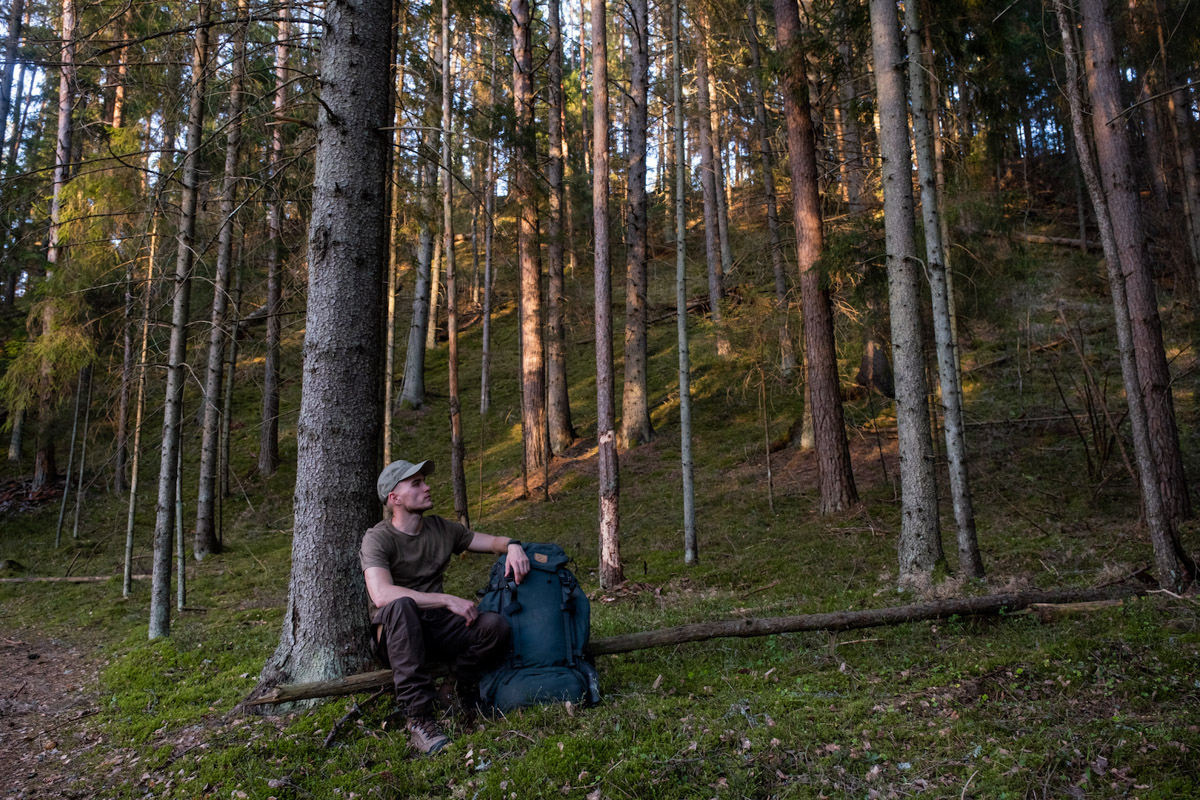
Hiking routes that are hundreds of kilometers long do not have to be hiked on the same trip, you can choose a suitable section as a day route, for example. The section leading from Oandu to Aegviidu is a popular section suitable for beginners.
Along the hiking trails, there are many of Estonia’s most important natural attractions, such as the Ontika cliff, Valaste waterfall, Suur Munamägi, Piusa caves, Kauksi beach, and Toila Oru park. Hiking trails also run through all Estonian national parks except Vilsandi.
The hiking routes are varied. In addition to camping areas and campfire sites, there are nature centers, boardwalks and observation towers along them. Serviced camp sites have firewood and often also outdoor toilets.
Access to drinking water can be difficult due to the scarcity of wells and springs. Fortunately, you can get a drink from village shops along the way.
It is also possible to cycle routes, but in a few places, cyclists have been shown alternative detours due to the difficult terrain.
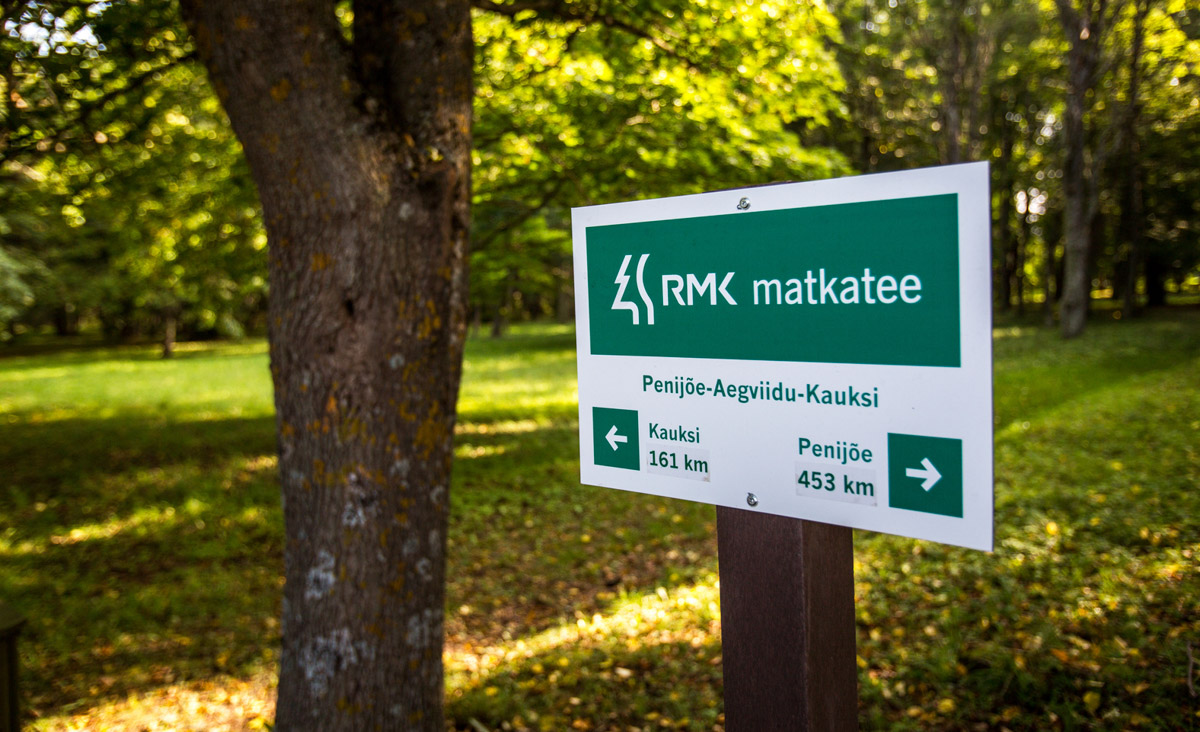
The hiking trails are also fairly accessible by public transport. A good starting point is Aegviidu, located near Tallinn, where three routes intersect. Aegviidu can be conveniently reached from Tallinn by train.
Information on RMK’s hiking trails and hiking areas is available on the loodusegakoos.ee website in Estonian and English. The site also has more detailed descriptions and maps of the stages of the routes.
With the help of RMK’s mobile application, you can find out nearby points of interest, for example, where to pick berries.
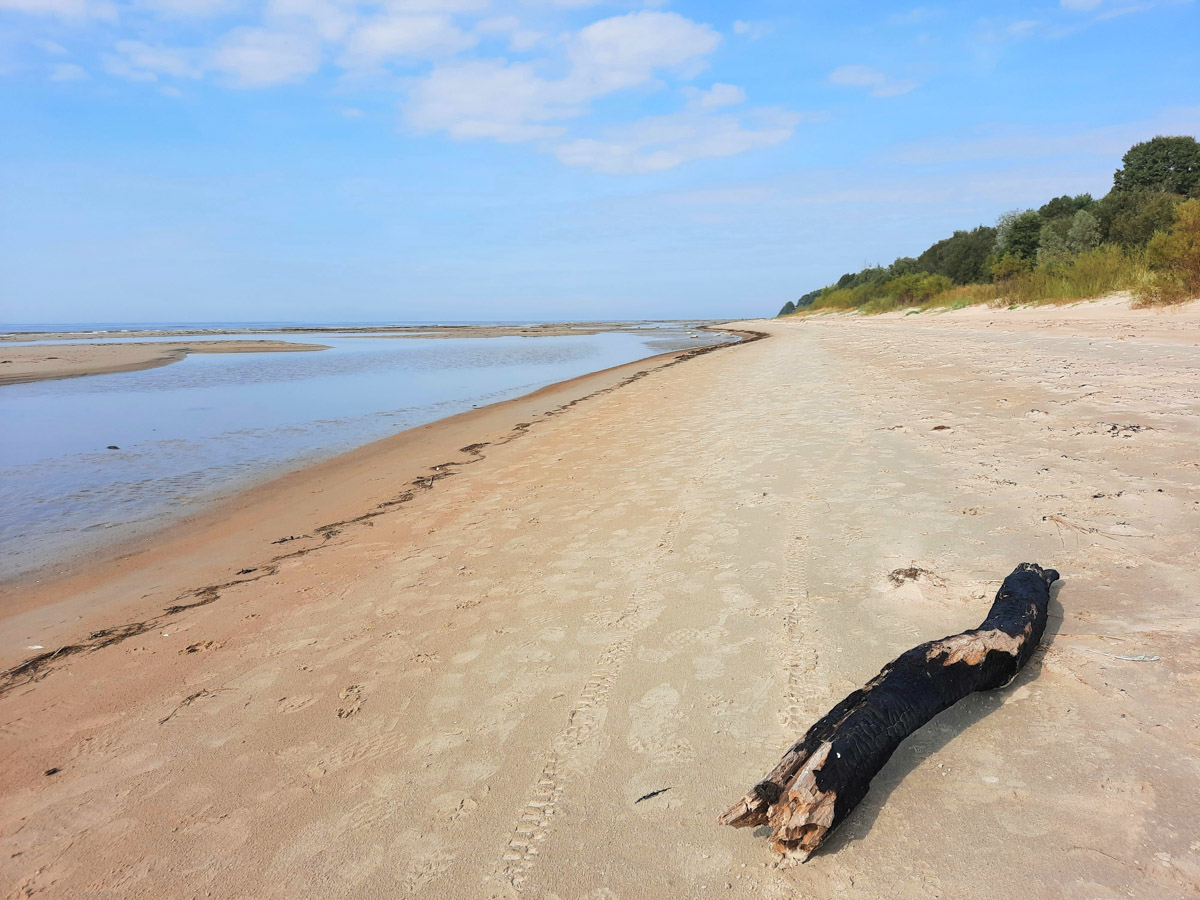
Along the coast to Latvia
In addition to the Estonian RMK routes, there are two other long routes through the country: the Coastal Hiking Trail and the Forest Hiking Trail.
The coastal hiking route runs from Tallinn along the coast to Latvia, from where it continues all the way to the southern border of Lithuania. The total length of the route is 1,419 kilometers, of which 622 kilometers are in Estonia.
Despite its name, the hiking trail does not only run along the coast, but in the Matsalu region, for example, it bypasses large wetlands along the road. You can hike along the beach in Laulasmaa and Nõva, west of Tallinn, and in Kabli, south of Pärnu.
It is also possible to cycle along the coastal hiking trail. Although, on soft sandy beaches, cycling is more difficult.
The forest hiking trail runs east from Tallinn along the northern coast and from there south to the shores of Peipsi lake and Setomaa. Along the route, there are great natural sites, such as the Ontika cliff, Alutaguse National Park, Piusa caves and Haanja Nature Park.
The route continues on the Latvian side to Riga and from there to Lithuania. The total length of the route is 2114 kilometers.
More information about the routes can be found on the baltictrails.eu website, which also has maps and route descriptions, as well as information on attractions and services along the routes.
Everyone’s rights in Estonia
- The rights of every man in Estonia are quite similar to those in Finland. You can move and collect berries and mushrooms in nature, as long as it does not disturb local people and animals or litter nature.
- You can walk and tent on private land for one day if the landowner has not marked his area with signs or fences. A fire always requires the permission of the landowner. In Estonia, private land is marked “eramaa” or “eravaldus”. There are plenty of campfire sites in the country where fires are allowed.
- The speciality of Estonia is that everyone has the right to travel along the shores of water bodies without hindrance. On the shores of larger bodies of water, the width of the coastal zone (shore path) open to all is ten meters. In practice, however, beaches are sometimes fenced or otherwise difficult to navigate. A hiker should use common sense when navigating beaches.
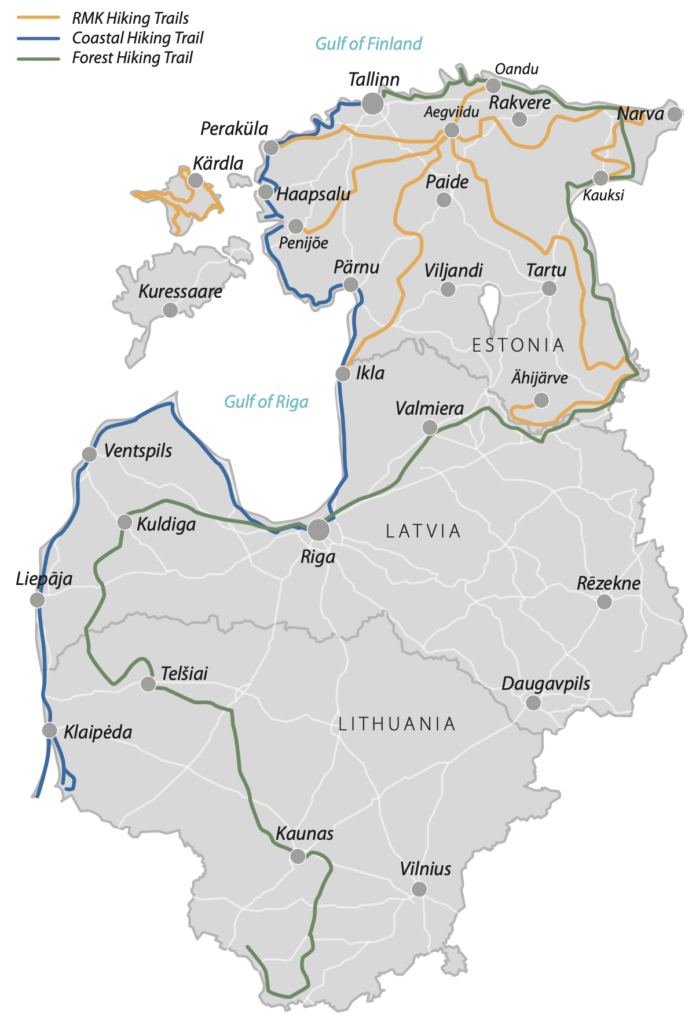
To learn more about this and similar topicsHiiumaa Hiking Hiking Estonia Hiking Trails Estonia Matkatee National Parks Estonia Nature RMK

